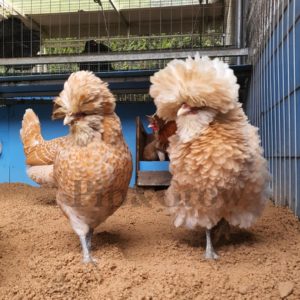Polish
Bantam, Buff Laced
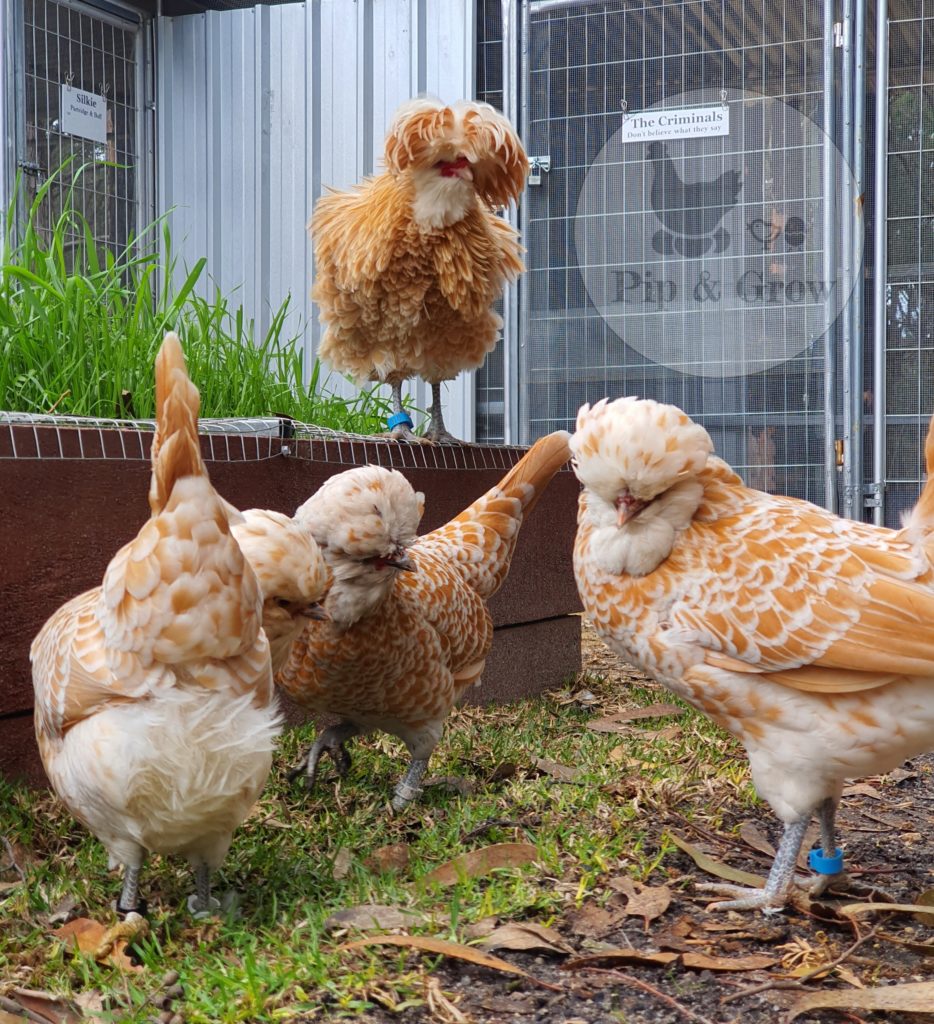
- Originated from Europe/ Russia.
- Bantam mature weight is around 1kg
- Slow maturing – first eggs around 7- 8 months.
- Medium to large sized white eggs, expected to lay between 150-200 per year.
- Broodiness – does not go broody often
- Maintenance – low, occasional feather trim may require around eyes for better vision.
Polish bantams have a compact body with a round, fluffy appearance. Their feathered crests give them a charming and somewhat comical look, though the size and shape of the crest can vary between individuals. In some cases, the crest may partially obstruct their vision, making them more vulnerable to predators. Because of this, it’s important to provide them with a safe and secure enclosure.
Polish females are known for their friendly and sociable nature, while males can be slightly protective of their hens. Overall, they are typically docile and easy to handle, making them a great choice for families with children and other pets. They are also known to be excellent layers of small to medium-sized eggs and don’t exhibit broody behavior often, making them both beautiful and practical additions to any backyard flock. Requiring minimal care, we find them to be quite hardy and adaptable to most climates. They may benefit from occasional trimming around the eyes for better vision. In mixed flocks, they tend to occupy a mid-range position in the pecking order. For optimal compatibility, it’s recommended to keep them with similar-sized breeds such as Silkies, Belgians, Bantam Orpingtons, rather than larger full-sized breeds.
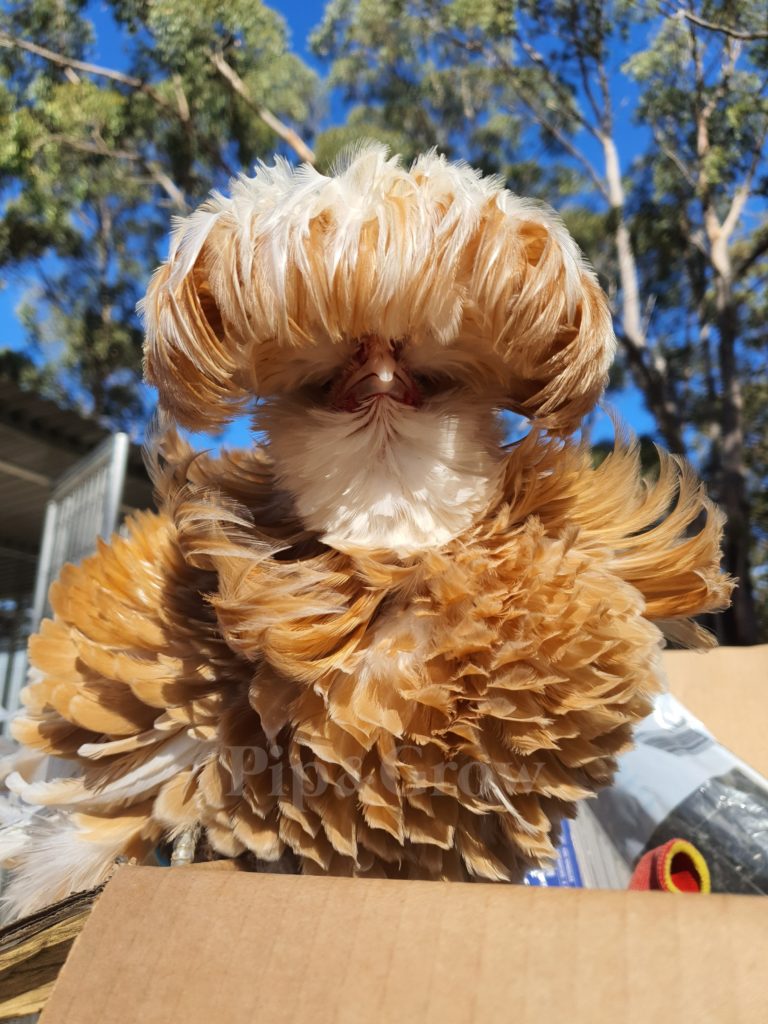
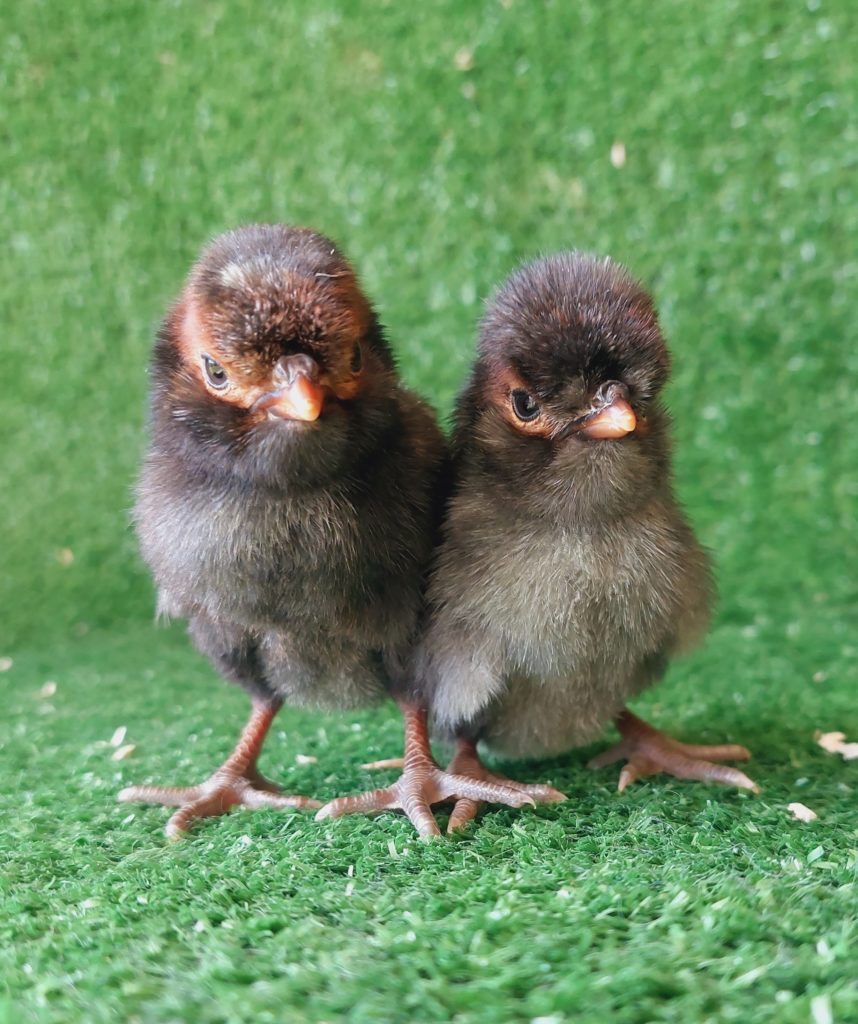
During the 2024/25 season, we observed a weakening of the buff coloration in our offspring. To improve the lacing quality and enhance the depth of color in our Buff Laced line, we will be introducing Gold Laced variety from different bloodline. This reset is expected to strengthen the Buff Laced traits while also producing some Gold Laced offspring.
Please see Polish – Open Poultry Standard Australia for more info and breed standards.
Polish Chicks
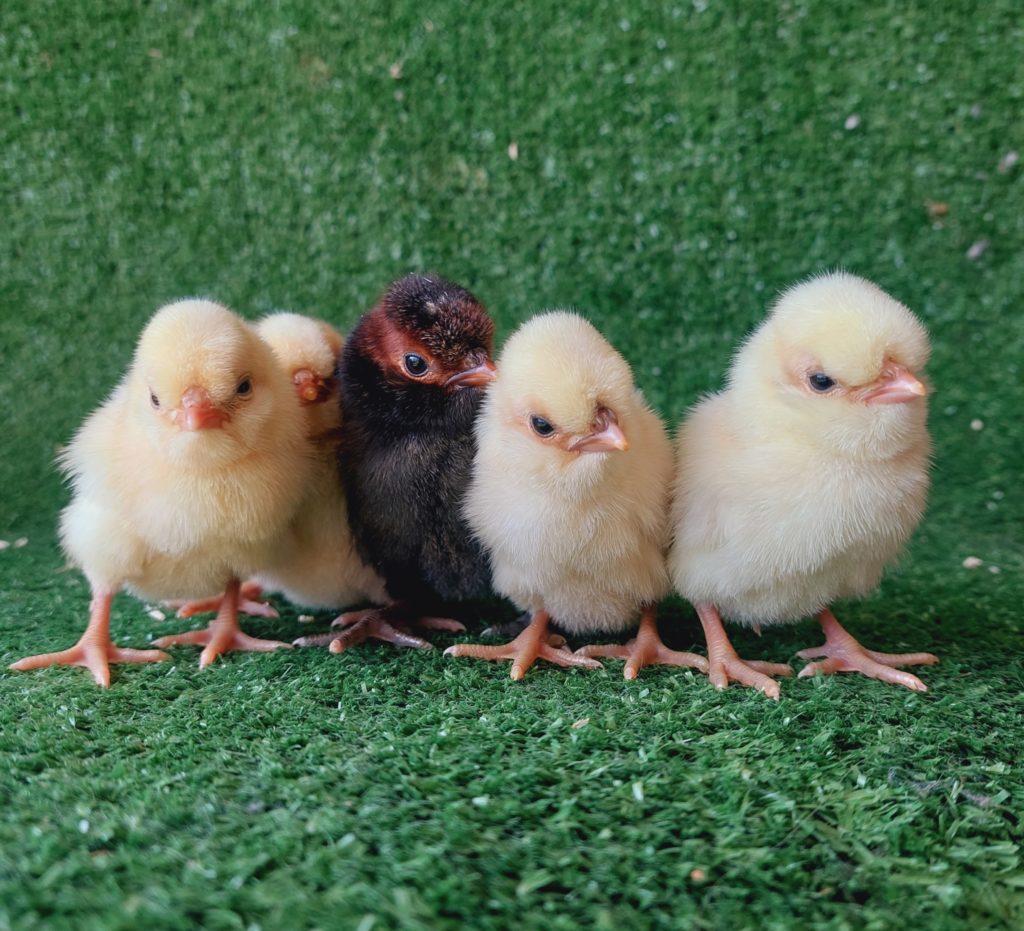
Our Polish chicks emerge from their shells in a sunny shade of yellow, adorned with the cutest little bump on their heads. But that’s not all—their most impressive feature is their *beard, which adds a touch of sophistication to their appearance.
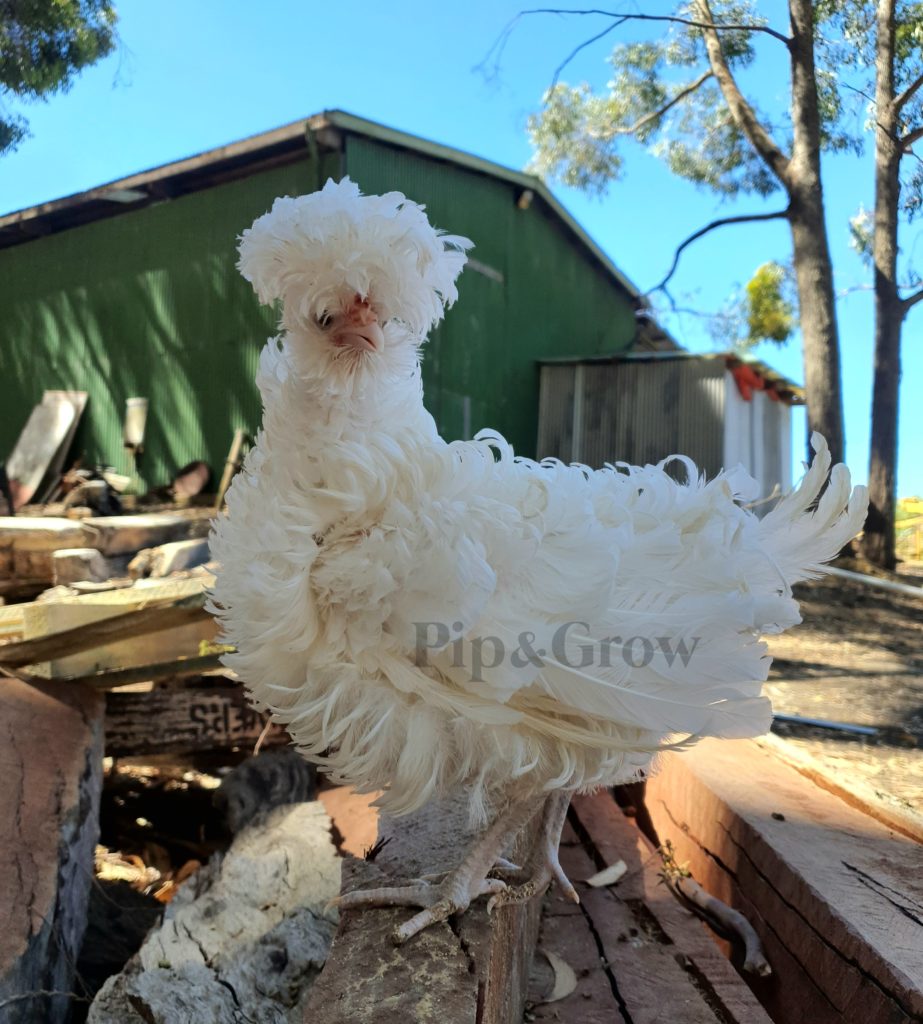
And if that weren’t fascinating enough, we’ve even had cases of pure white frizzle chicks hatching.
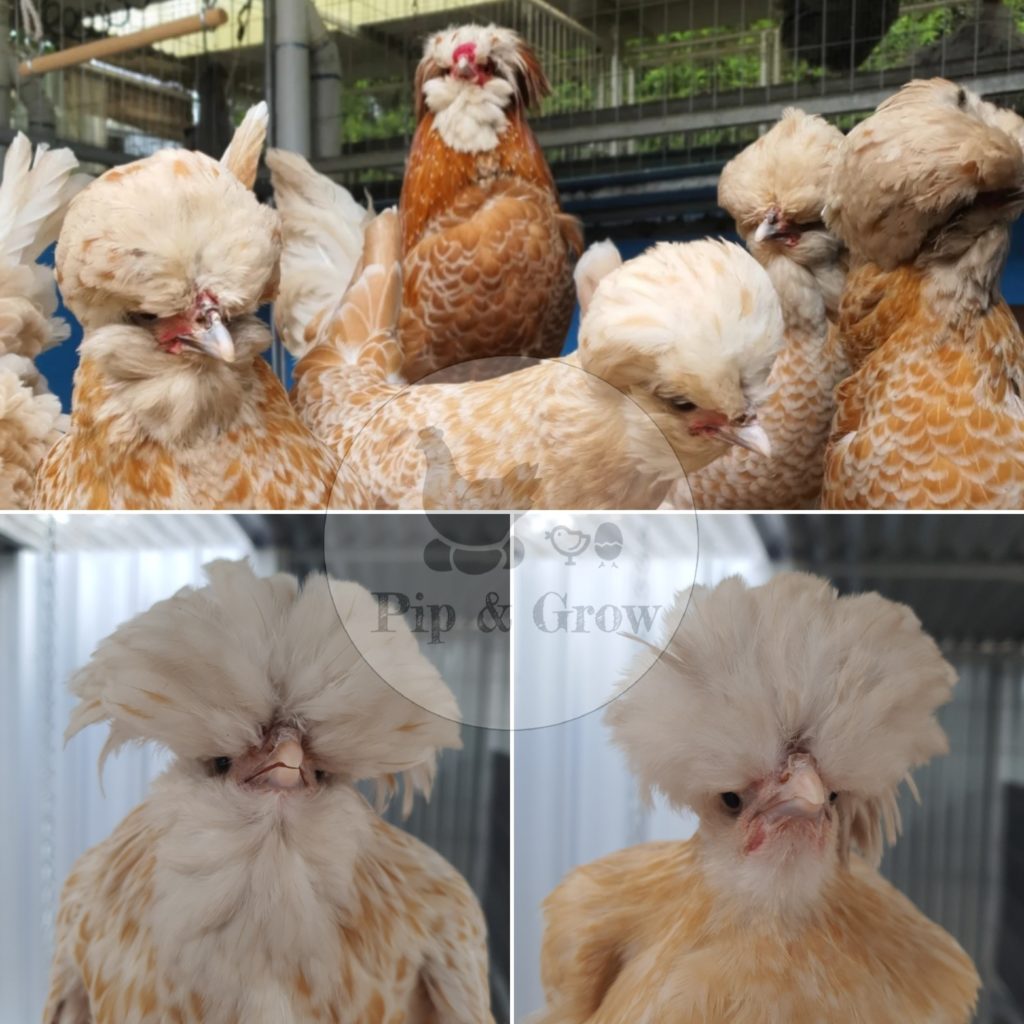
The beard trait is an autosomal incomplete dominant trait. This means that it is typically dominant, but not always. Even if both parents have full beards, there can still be non-bearded offspring. The expression of this trait is not absolute, and variations can occur in the next generation.
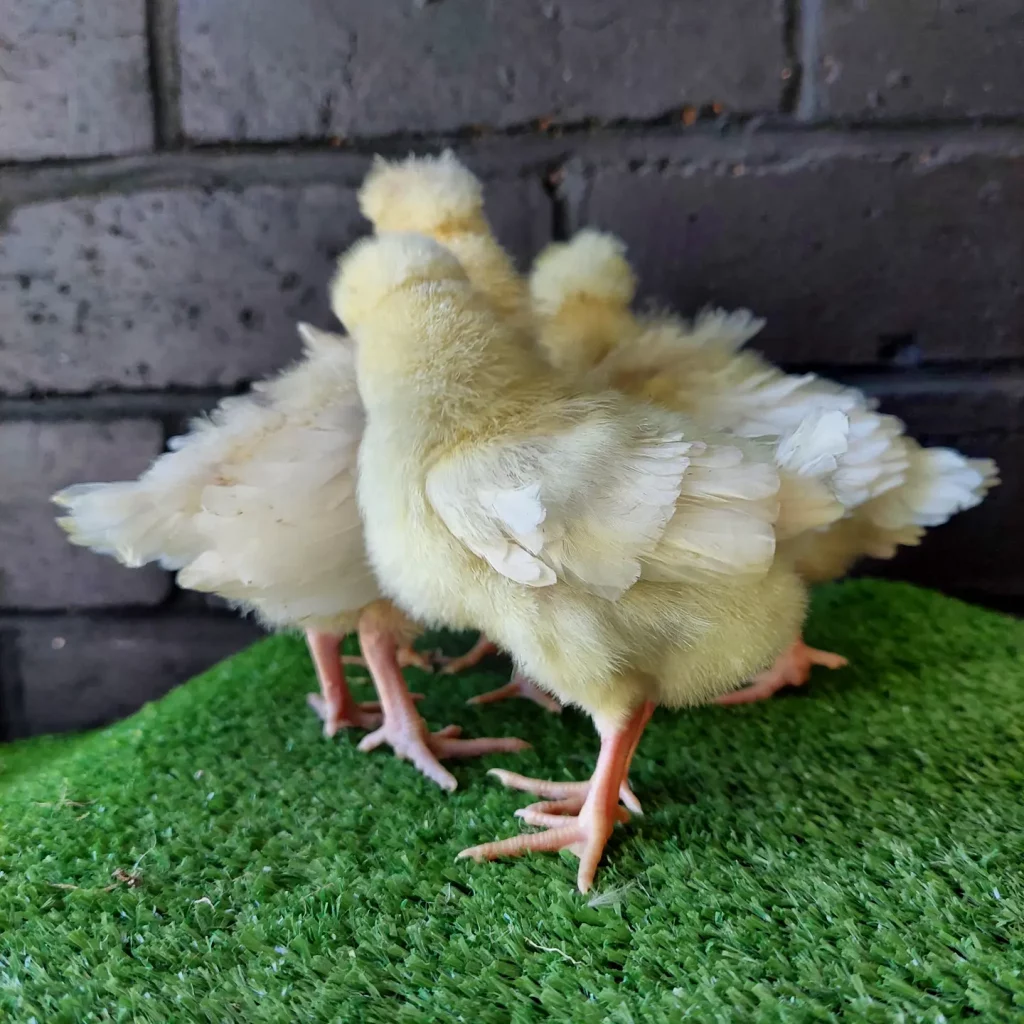
When it comes to frizzled and smooth feather traits in our delightful chicks, their outward appearance doesn’t reveal the secret. Both carriers appear quite similar in their feathering. However, the magic begins to unfold around day 5 to 7, when the wing feathers start to give away the telltale signs of frizzled feathers.
Related post
Polish Sexing Tips
Frizzle chicken & Egg FAQ
